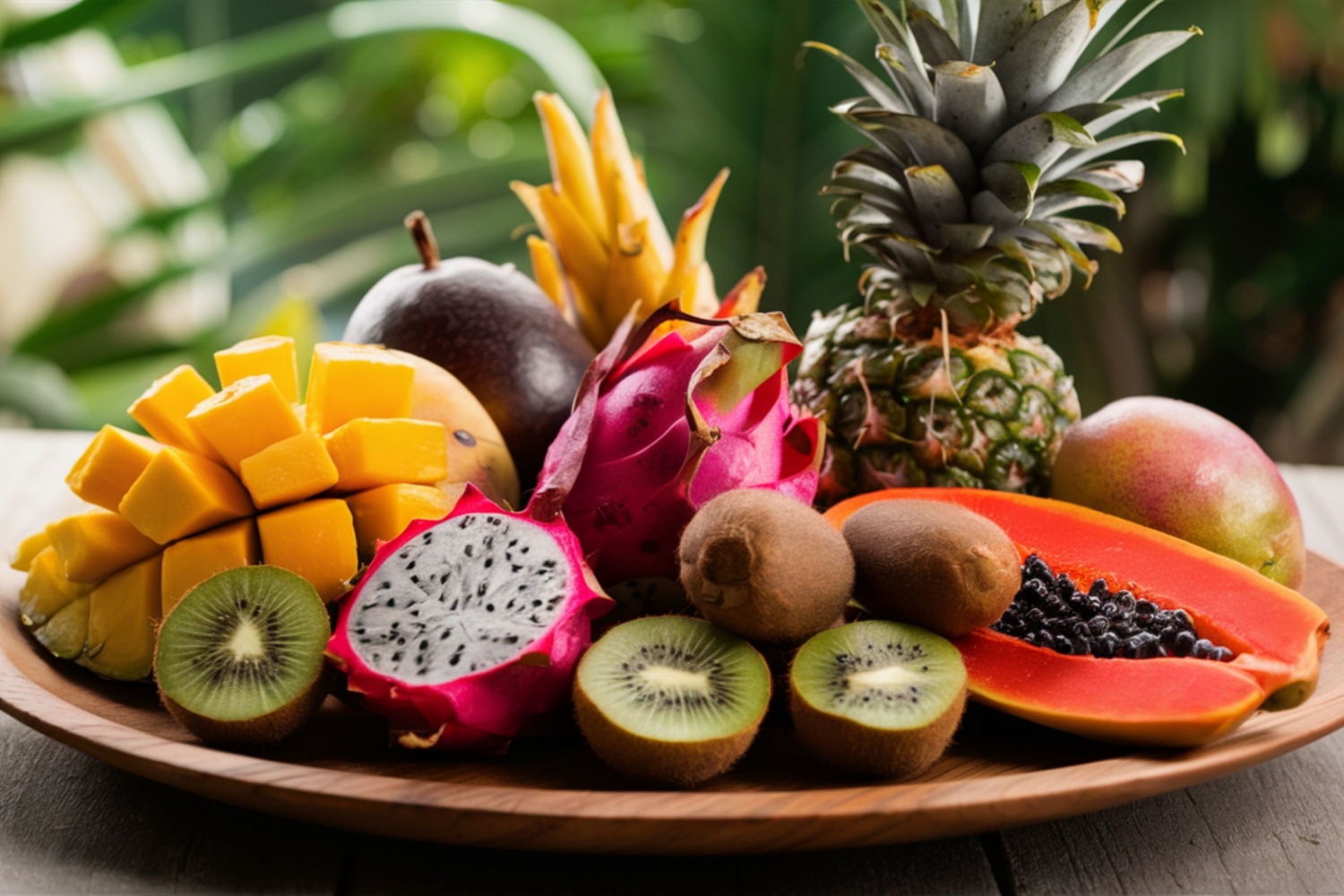Several of us are not ready to see summer go. There are options for that — you know, chase the warmth and fun to some tropical destination, or enjoy a tropical fruit that requires just a trip to the supermarket.
That appears to be what consumers are doing, as Americans are enjoying an increasing number of tropical fruits. USDA research economist Catherine Weber starts with pineapples.
“The United States has been a top global importer of fresh pineapples by volume each year since 1997.”
That might come as a surprise to some, especially if your thoughts of pineapple-growing locales are off of Hawaii. U.S. pineapple production as of 2022 and 2023 is behind global growing nations.
“Costa Rica is the leading supplier of fresh pineapples to the United States, accounting for almost 90% of import volume. Costa Rica is the third largest pineapple producer in the world, behind Indonesia and the Philippines.”
Perhaps pineapple is not your thing. Maybe you want a more exotic tropical fruit — say, mangoes. That, too, has become popular among U.S. consumers. Just look at the bagels, salsas, smoothies, juices, jams, skincare products, and everything else mango in the store aisle.
“The United States has been a top global importer of fresh mangoes, including guavas and mangosteen, by volume each year since 1975.”
Even with lower import volumes last year — resulting in a fresh mango per capita consumption decline of just over three and a half mangoes per person per year — consumption:
“Is still 45% higher than a decade ago.”
Where do our mangoes come from?
“Mexico ships most of its mangoes to United States during the summer months, with peaking volume in July and August. Ecuador and Peru tend to be winter suppliers of mangoes to the United States.”
Now, a tropical fruit perhaps we haven’t tried yet: papaya. However,
“The United States has been the top global importer of fresh papayas by volume each year since 1995.”
Papaya imports were lower year over year in 2024, still:
“Down 2% from the 2023 record high of 501 million pounds.”
Mexico provides most papayas to our nation, but where they are grown is:
“The top three papaya producing states in Mexico, located in tropical or subtropical regions within the southern half of the country.”


